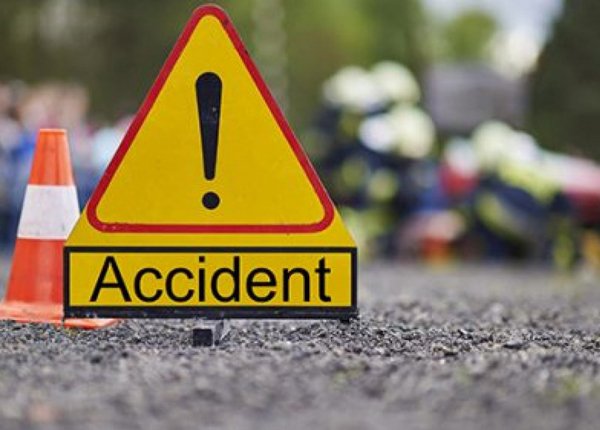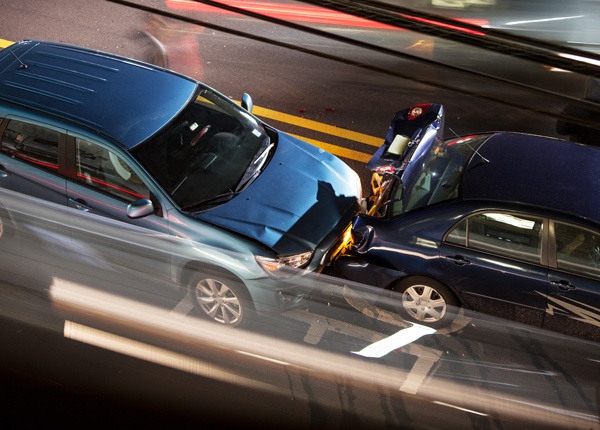
Vehicle Balance on Hills, Curves and Slippery Roads
Updated Dec. 25, 2020The balance of your vehicle and the adverse effects of sudden weight changes will not be the same on every road. Your car will be in an ideal state of balance and as stable as it can be, when traveling at a constant speed on a straight, level road. Factors such as the gradient of the road (whether it slopes upward or downward, and how steeply), the material the road is surfaced with, the condition of the road surface, the width and shape of the road and even the weather will influence your car’s center of gravity and its ability to grip the pavement.
You must learn how to predict shifts in your vehicle’s balance and adjust your driving behavior, based on environmental variables, to maintain control. These skills are essential to all drivers, as very few roads have an “ideal”, well-maintained and perfectly level surface. In this module, we will discuss how to keep your vehicle balanced in complex or awkward driving situations.
Vehicle balance on hills
Gravity will affect your vehicle’s balance whenever you are driving on a slope. When driving uphill, weight will be shifted into the rear end of the car. This will mean there is a greater chance of losing traction in the front wheels, which could result in loss of steering control. You should avoid increasing your speed on an uphill slope, as this will create a backward pitch, shifting even more weight into the back wheels. However, this does not mean that you should not use the accelerator. Gravity will be working against you as you drive uphill, therefore, you will need to apply pressure to the accelerator to maintain a constant speed. This should be done gradually to avoid sudden shifts in weight toward the rear wheels. As you progress up the slope, apply a gradual, increasing pressure to the gas pedal to keep your speed consistent.
On a downhill slope, gravity will create a forward pitch that transfers weight into the front wheels of your car. It will also “push” the car downhill, causing a gradual increase in speed. If you drive a manual transmission, shifting into a lower gear is the best way to control your speed on a downhill slope. If necessary, you can gently ease on and off the brakes to prevent the vehicle from speeding up. Avoid sudden braking, as this will throw even more weight into the front of the car.
Keep in mind that graded roads can also affect the side-to-side balance of your vehicle. To avoid too much weight being shifted to the left or right side of the car, try to keep the vehicle in line with the slope of the hill.
Vehicle balance on curves
Just as when driving on a hill, maintaining a constant speed when driving through a curve in the road is the best way to keep your vehicle balanced. If you speed up while following a curve, weight will be shifted into the rear wheels, lessening the grip that the front wheels have on the road’s surface. As you will already be fighting against inertia (your vehicle’s tendency to keep moving in a straight line), this loss of front wheel traction could result in understeer whereby the vehicle resists the turn and drives straight off the side of the road.
Applying the brakes part-way through a curve can be equally problematic. As we know, braking shifts weight into the front wheels of the car. This will reduce rear-wheel traction and could cause the back end of the car to swing out in the opposite direction to the turn (oversteer). If you are approaching a curve in the road and need to reduce your speed, do so before entering the curve. If safety demands that you must brake while moving through the curve, do so extremely gently to avoid a sudden forward pitch. As you reach the midpoint of the bend, you can re-balance the vehicle by applying gentle pressure to the accelerator.
Scan ahead
While scanning ahead for changes in the roadway environment, pay attention to the gradient, shape and condition of the road’s surface. This will give you time to consider how and when you should accelerate, brake or steer to maintain your vehicle’s balance. Failing to scan ahead could force you to make last-minute adjustments, which could endanger you, your passengers and other road users nearby.
Remember that last-minute changes in speed or course turn you into a hazard for the other drivers around you. They may be forced to make sudden adjustments to their driving behavior, to maintain control of their vehicles. If you are driving over a hill, through a curve or across a poorly surfaced stretch of road, these other drivers will be too. Forcing them to make last-minute speed or course changes could leave them unable to deal with the changing roadway environment safely.
Vehicle balance on slippery roads
It is important to remember that the effects of traction loss due to vehicle imbalance will be more severe on a roadway that is already slippery. Traction is always lessened the faster you are traveling, so take care to adjust your speed below the legal limit to suit treacherous driving conditions. Reducing your speed will also allow you more time to prepare for upcoming hills, curves and changes in roadway surface.
Increasing your following distance is also essential when the road is slippery due to ice, mud, water or any other environmental issue. The drivers around you will be struggling to manage their vehicle balance and traction just as you will be. Allowing a greater following distance will give you more time and space to evade a collision if another driver makes a mistake.




